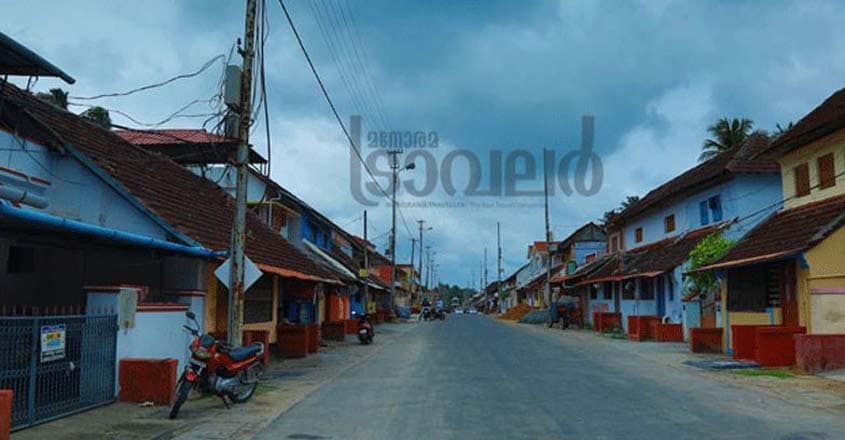Kalpathi: Time travel in a mammoth chariot

Mail This Article
Kalpathi's reputation has travelled far and wide. The century-old Brahmin settlements make the village unique. Kalpathi's mornings and evenings are forever linked to the river that caresses the village.
My first trip to Kalpathi was during my student days in the Victoria College at Palakkad. I have returned many a time to the streets hemming the Vishalakshi Sametha Viswanatha Temple and the roads made famous by the annual chariot festival.
Kalpathi, however, is in flux. UNESCO heritage site is adding ugly concrete appendages in its quest for modernity. The concrete roofs have risen like an eyesore. Yet the people of Kalpathi go on living the way their ancestors did.
Kalpathi wakes up to the sight of women drawing beautiful patterns in front of their houses with rice flour. The Thirukkural heralds the morning as the houses light up one by one.
Kalpathi's heritage can be traced back to the times of the Palakkad king who ushered in Brahmins from Tamil Nadu to look after the temple affairs. The priestly families settled by the Kalpathi River and formed a settlement.

The route to the Agrahara can be traced from the board put up near the Puthiyapalam. Cows dominate the road that leads up to the temple.
The chariots start their annual journey from this point.

